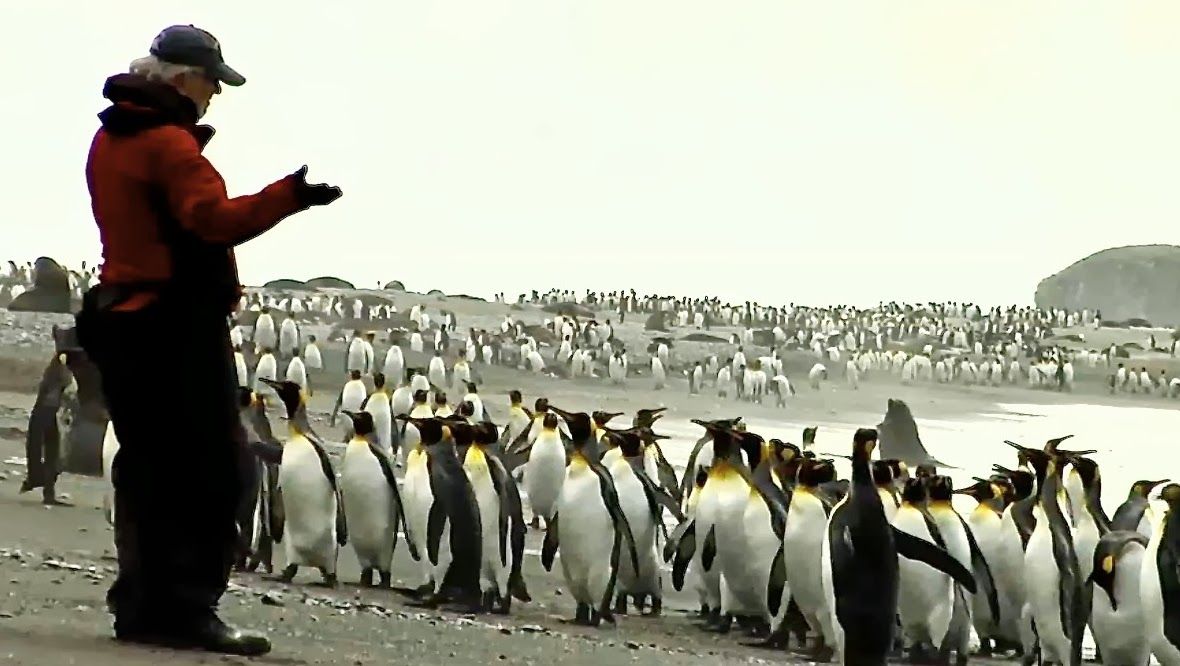
Oceanities

Oceanities
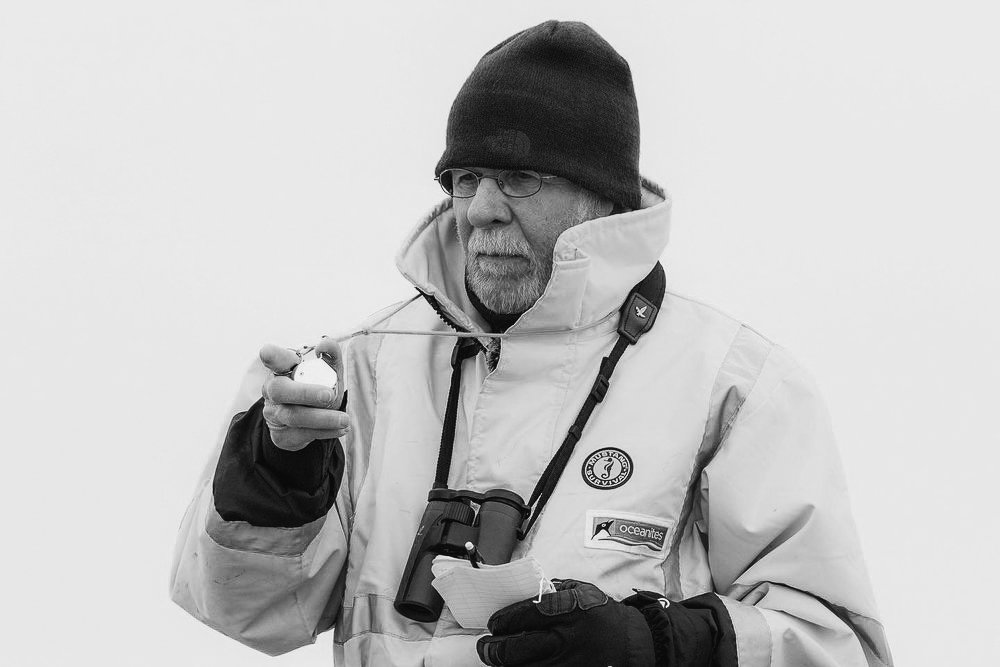
Oceanites, the first and only non-profit organization of its kind, was started 37 years ago by researcher Ron Naveen. He has been traveling to Antarctica for nearly 42 years gathering vital data on three different types of species found on his expeditions. Gentoo, Chinstrap, and Adélie penguins are at the forefront of the climate crisis, suffering from some of the fastest rates of rising temperatures on our planet.
Oceanites’ research is a pioneer in giving us a glimpse of how climate change is altering the landscape and the behaviors of these species. Semi-annually, Oceanites publishes the State of the Antarctic Penguins (SOAP) report. This provides data for major stakeholders such as the Commission for the Conservation of Antarctic Marine Living Resources (CCAMLR) and a foundation for climate crisis awareness and outreach.
Oceanites research and unique portrayal of penguins as avatars helps illustrate how humans may or may not adapt when the warming of the planet comes our way.
In the sound bite below, Naveen discusses his research into how tourism may be having an impact on Antarctica, and the stark damage climate change doing.
I think counting penguins is pretty darn sexy and cool and neat and wonderful!
– Ron Naveen
In the most recent issue of the SOAP report, they recorded a total of 6.12 million mating pairs nesting across 740 Antarctic sites. The report demonstrates that Chinstrap and Adélie populations continue to decline, while Gentoo populations continue to increase.
A multitude of factors impact the viability of penguin populations. Some of which include the availability of food, a safe environment that is free of disease, and the ability to healthily and steadily reproduce. Without assurance of all of these factors, the penguins populations may be forced to migrate to different parts of the continent, change their diets, and change where they are finding food.
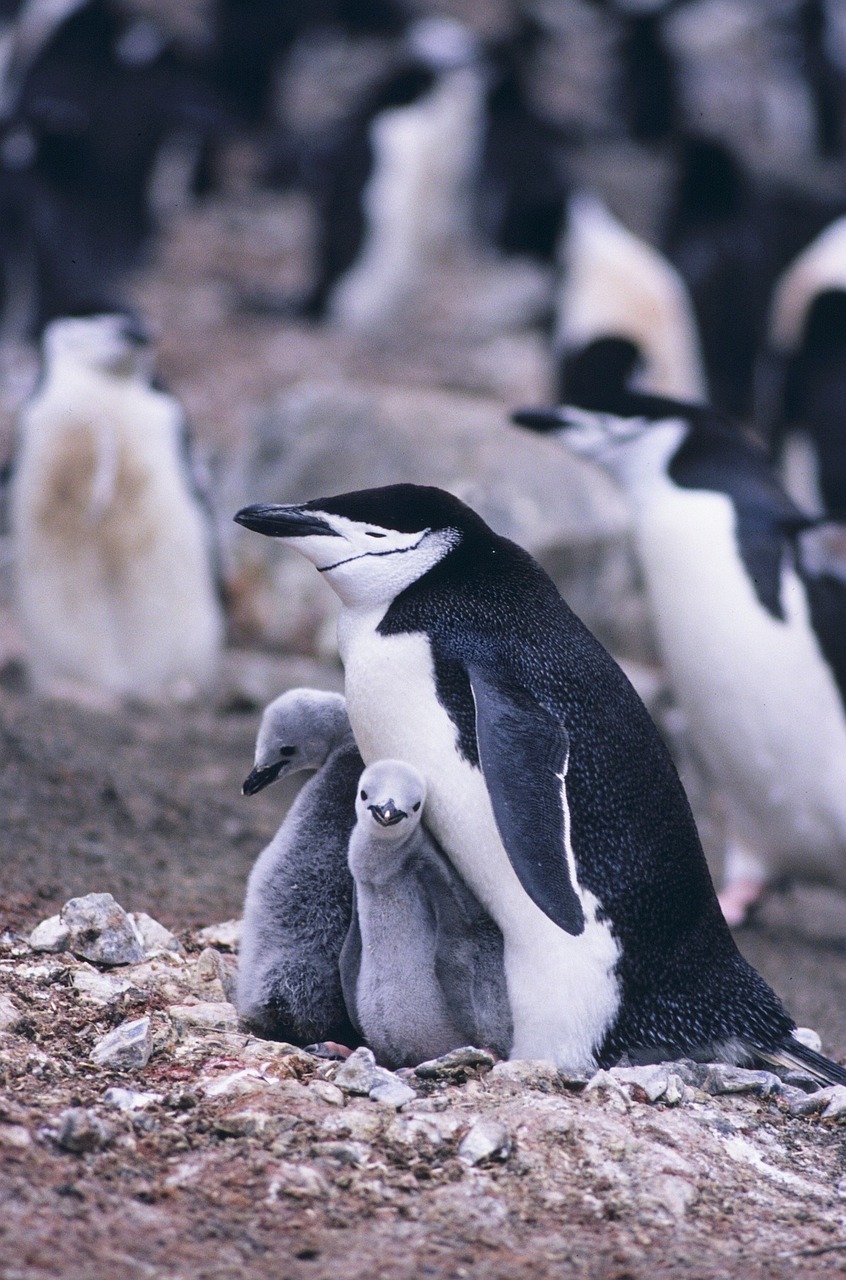
The penguins really are teaching us, sending us messages, if you will, about how our planet is changing.
– Ron Naveen
The clip below features Naveen describing how he learned to be more open to being educated by the penguins after monitoring four crucial vitals that both humans and penguins share.
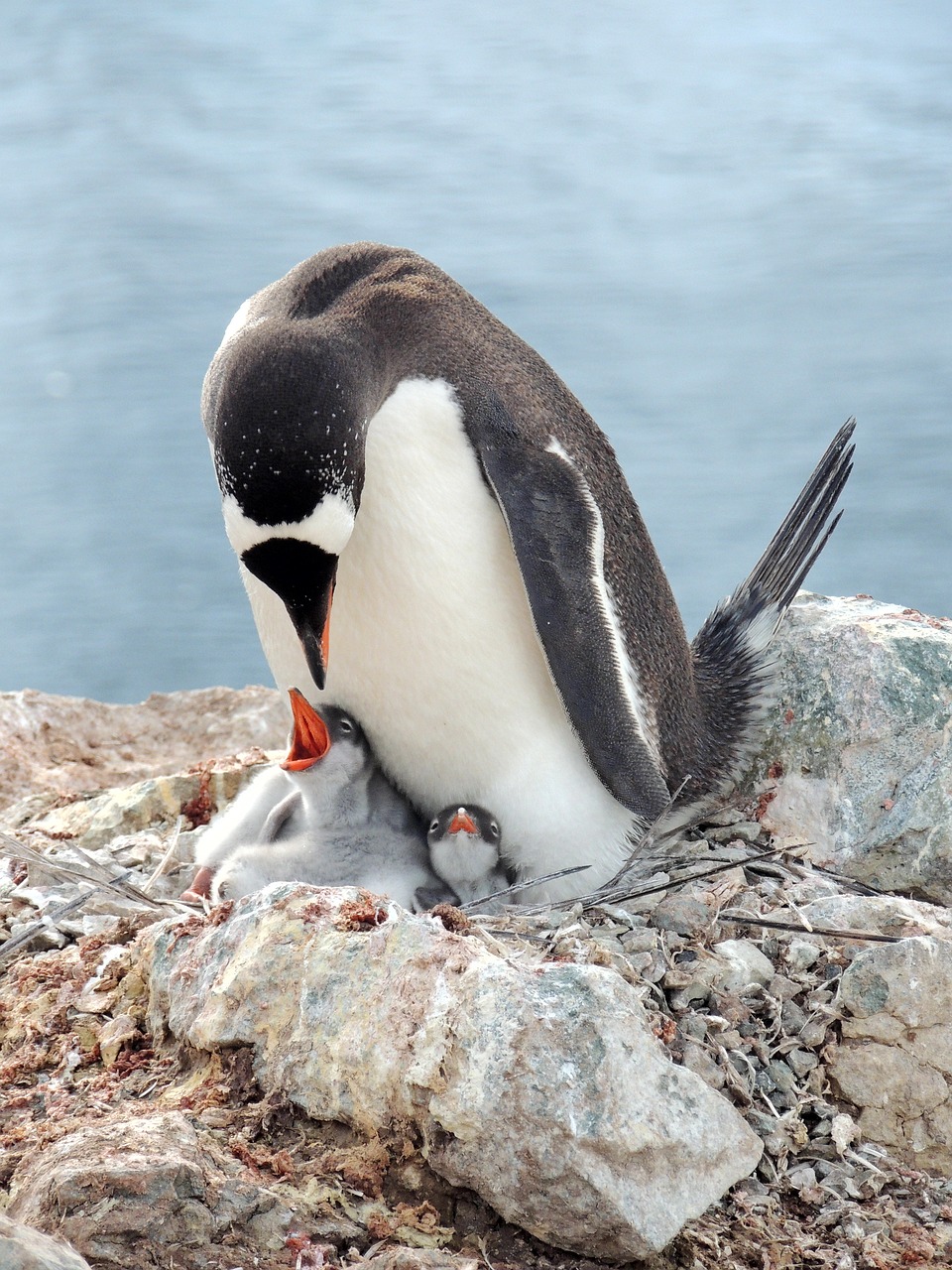
After nearly 30 field seasons in Antarctica, Naveen has been a firsthand witness to the changes of the landscape. In the last 70 years, parts of the Antarctic continent have warmed on average significantly, with the Antarctic Peninsula now 3 degrees Fahrenheit warmer than pre-1950 records. This is ahead of the global rate of warming which has risen 2 degrees Fahrenheit, since 1850.
This subsequently causes a change in habitat for penguins. On the other hand, this also causes the emergence of new areas that were once inaccessible due to ice formations. And it is ultimately penguins who suffer from this change in environment. By reducing the amount of habitable area for penguins, population will naturally drop, it also means reproduction is hindered too, as there is less room for egg fertilization by the male penguins as the females hunt for food. Seeing new areas crop up that were once inaccessible may seem like a good thing on the surface, but it too has a negative impact on the penguins as they have to traverse new unfamiliar environments.
I can walk beaches now that I couldn’t walk 40 years ago. The ice has receded or calved away. I’ve seen huge penguin colonies shrink by a half or more. It’s pretty upsetting, actually.
– Ron Naveen
Here, Naveen recounts the huge changes he has seen in his time exploring and researching Antarctica and how some penguins are adapting to the new climate, while others are suffering.
Despite the mounting challenges that Naveen sees Antarctica and the penguins facing, he is not giving up on seeking solutions. In the last two years, Oceanites has revolutionized their data collection techniques with the help of drone imagery. Their current technique uses these images to hand count the penguins. Oceanites is in the process of developing an algorithm that will allow computer programs to automatically count the penguins from the images produced by the drone. This technology could allow for a greater amount of data to be uploaded to the organization’s database at a much faster rate, thus making it more readily available to stakeholders who rely on this data.
Even with promising breakthroughs in data collection and research, there is still an emotional toll Naveen faces. For this lifelong researcher, the penguins make him think of the future for his own children and grandchildren. According to Naveen, what we see happening in Antarctica is a sobering glimpse of what the future for humans could look like.
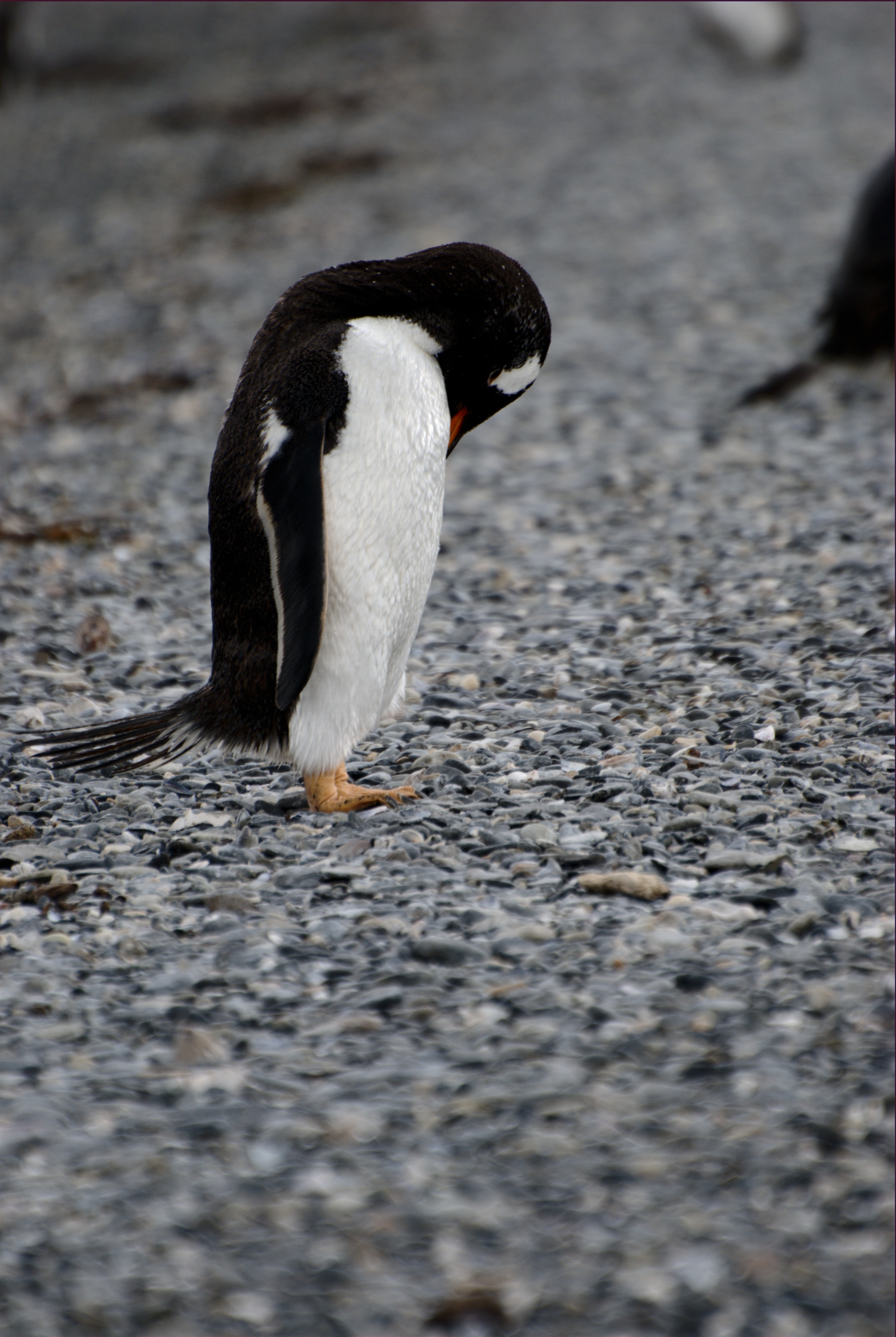
Below Ron speaks on the emotional toll his research has had on him and the difficult changes he has has seen first hand, but also explains what we must do to keep making progress.
I would like everybody to know that being with penguins is very special. It makes your heart thump through your parka. It brings a big smile to your face. Smile, think about penguins, think about saving the planet.
– Ron Naveen
But after decades of work, Naveen doesn’t plan on slowing down, and he isn’t the only one. Penguin conservation is an effort being led by many people, and the collaborative hard work of Naveen and others continues to support the wonderful world of penguins.
This story was produced as part of the Planet Forward Summer Seminar in Multimedia Storytelling.